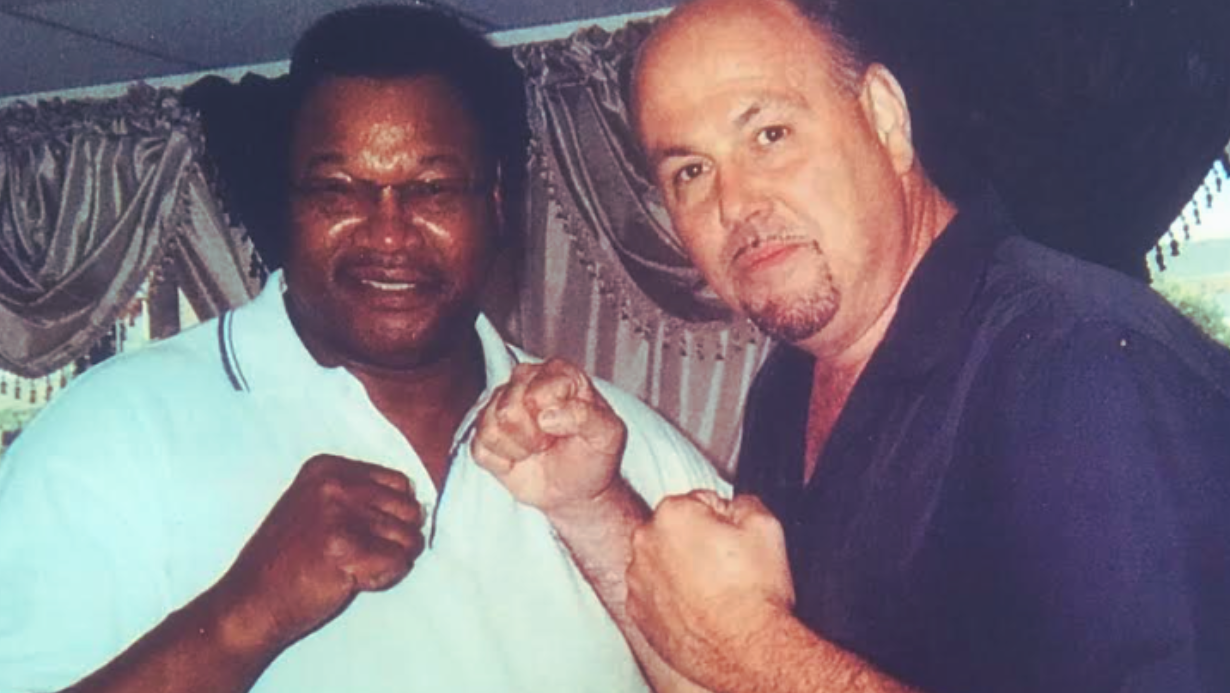An Ironman triathlon is one of the most grueling tests a person can put their body through. It consists of a 2.4-mile swim, a 112-mile bike ride, and a 26.2-mile run. It’s no surprise that completing an Ironman is a huge accomplishment, as it requires immense physical and mental strength to finish the race. But how do you prepare for such an event? Here are some tips on how to train for an Ironman triathlon.

Building Your Foundation
The first step in training for an Ironman is building your foundation—that is, ensuring that you have the necessary physical conditioning to complete the race. Doing this involves focusing on two key elements: aerobic endurance and muscular strength. To build your aerobic endurance, start by incorporating 30 minutes of running into your daily routine and gradually increasing it over time until you can run for at least 90 minutes without stopping. To build muscular strength, focus on weight training exercises such as squats and deadlifts to help you build muscle in your legs, back, and core. These exercises should be done in addition to regular cardio workouts (like running) so that your body is prepared for the long hours of training ahead of you.
Cross Training
Cross-training is essential when preparing for an Ironman triathlon because it helps you improve your cardiovascular fitness and muscular strength while reducing the risk of injury due to overtraining. Incorporating swimming, biking, rowing, and even yoga into your weekly routine will provide a well-rounded workout program that allows your body time to recover while still working toward completing an Ironman triathlon.
Nutrition & Hydration Plan
Nutrition and hydration are two important components of any successful training plan for an Ironman triathlon. Making sure you’re eating enough calories throughout the day will help ensure that your body has enough energy to complete each workout session successfully. Eating carbohydrates before and during long workouts will help keep energy levels up; eating protein after workouts helps with muscle recovery; eating healthy fats throughout the day gives energy; and drinking plenty of water helps keep dehydration at bay during workouts. Additionally, ensuring adequate rest between training sessions is important as it allows your muscles time to recover from intense physical activity before jumping into another session again too soon afterward.
Completing an Ironman triathlon requires dedication and hard work—but it doesn’t have to be overwhelming if you follow these steps! Building a strong foundation with aerobic endurance exercises such as running combined with weight training exercises like squats or deadlifts will help prepare your body for the demands of an Ironman race; incorporating cross-training activities like swimming or cycling into a weekly routine will provide added benefits, and following a nutrition & hydration plan ensures optimal performance throughout each workout session while giving rest days where needed to allow muscles time to recover from intense physical activity before another session starting again too soon afterward. With these tips in mind, anyone can confidently begin their journey towards completing their own iron man event! Good luck!











